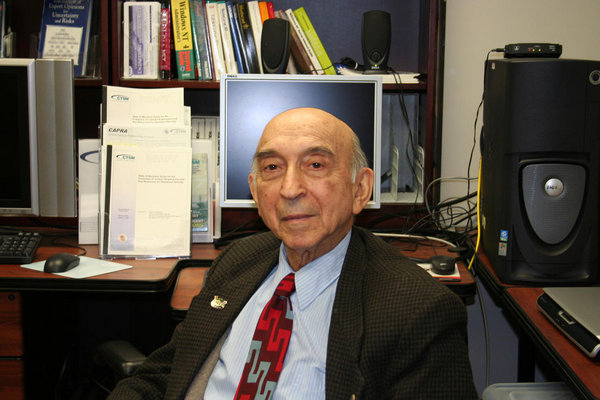This page contains history of Persian mathematicians that contributed the most to mathematics development and human civilization.
Babylonian mathematics (3000 BC-330 BC) Mesopotamia Mathematics
It is named Babylonian mathematics due to the central role of Babylon as a place of study. Later under the Persian Empire 550 BC, Mesopotamia, especially Baghdad (Persian name which means GOD GIVEN : Bagh (God in Persian) + Dad (Given in Persian), once again became an important center of study of mathematics. They used Persian Script named Khat-e-Mikhi .
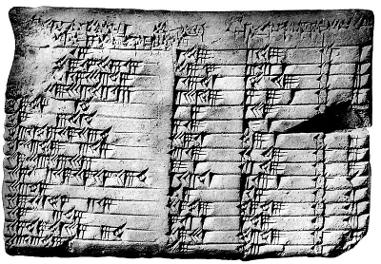
Math Tablet Plimpton
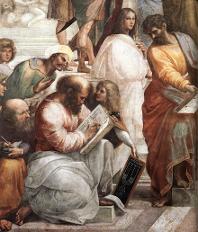
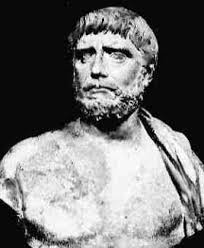
Greek mathematics (550 BC - 100 BC)
It has begun with Thales and Pythagoras (almost 550 BC).
Although the extent of the influence is disputed, they were probably inspired by Babylonian mathematics. Pythagoras traveled to Persia to learn mathematics, geometry, and astronomy.(J J O'Connor and E F Robertson 1999)
Persian Mathematicians
Kharazmi (Known as Al-Khwarizmi by Muslims and Arabs 780 - 850 AD)
He was a Persian mathematician, astronomer and geographer during the Abbasid Empire, a scholar in the
House of Wisdom in Baghdad.
Born: 780 AD, Khwarezm
Died: 850 AD, Baghdad
Books: The Compendious Book on Calculation by Completion and Balancing
Contribution to Mathematics:
**Founder of Algebra
**He confined his discussion to equations of the first and second degrees. He also wrote an important work on astronomy, covering calendars, calculating true positions of the sun, moon and planets, tables of sines and tangents, spherical astronomy, astrological tables, parallax and eclipse calculations, and visibility of the moon.
Khayyam (18 May 1048 – 4 December 1131) was a Persian polymath, philosopher, mathematician, astronomer and poet.
He also wrote treatises on mechanics, geography, mineralogy, music, and Islamic theology.
He is the author of one of the most important treatises on algebra written before modern times, the Treatise on Demonstration of Problems of Algebra, which includes a geometric method for solving cubic equations by intersecting a hyperbola with a circle.
He contributed to a
calendar reform.
** Rubaiyat (Quatrains)
** Persian Calendar
** Binomial theorem and extraction of roots
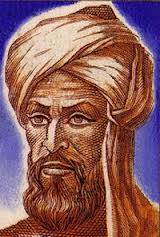
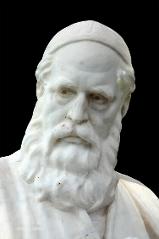
Abu Reihan Biruni (5 September 973 until 13 December 1048) was a Persian-Chorasmian and polymath.
He was conversant in Khwarezmian, Persian, Arabic, Sanskrit, and also knew Greek, Hebrew, Syriac and Berber.
He contributed in Astronomy, mathematical geography, mathematics, astrological aspects and transits, astronomical instruments, chronology, comets, an untitled category, astrology, anecdotes, religion, and books. Some of his works:
**Critical study of what India says
**The Remaining Signs of Past Centuries
a comparative study of calendars of different cultures and civilizations, interlaced with mathematical, astronomical, and historical information.
**The Masudi Qanoon (Persian قانون مسعودي) an extensive encyclopedia on astronomy, geography, and engineering,
**Understanding Astrology
**Pharmacy - about drugs and medicines.
**Gems - about geology, minerals, and gems,
**Astrolabe.
**A historical summary book.
**History of Mahmud of Ghazni and his father.
**History of Khawarazm.
source : wikipedia
Diagram illustrating a method proposed and used by Biruni to estimate the radius and circumference of the Earth
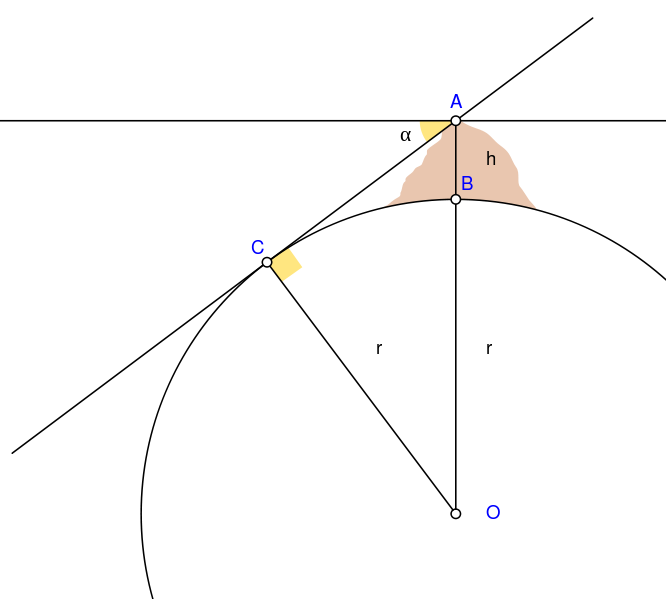
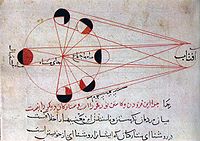
An illustration from Biruni's astronomical works, explains the different phases of the moon.
Professor Zadeh (born in 4 February 1921), is a mathematician, electrical engineer, computer scientist, artificial intelligence researcher and professor emeritus of computer science at the University of California, Berkeley.
Zadeh is the founder of fuzzy mathematics, fuzzy set theory and fuzzy logic
